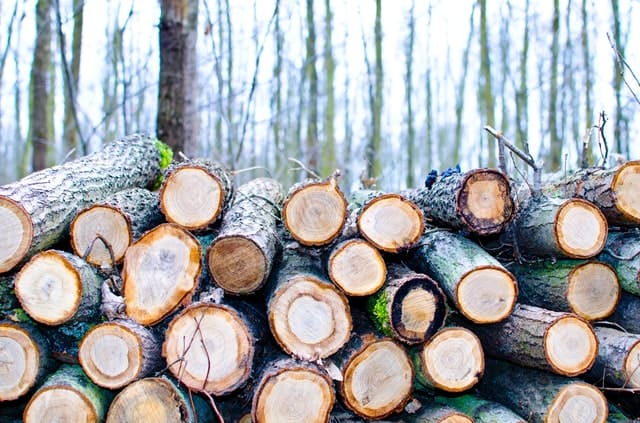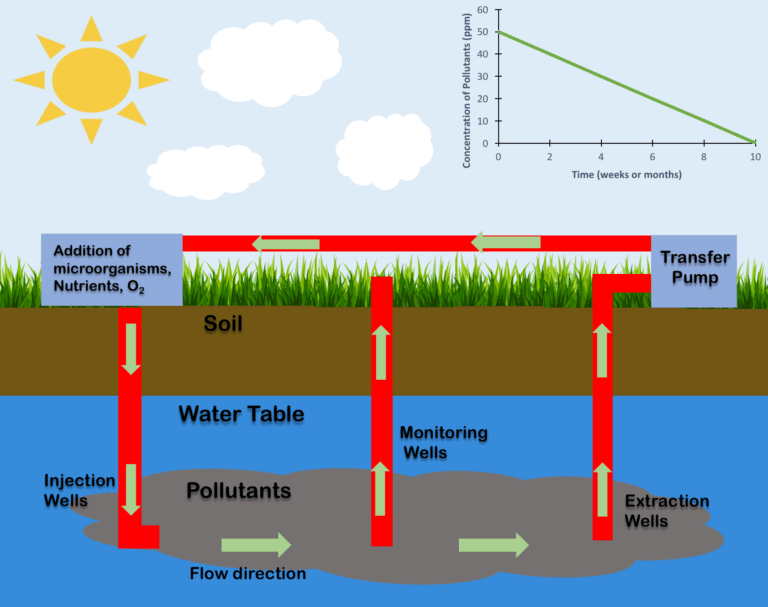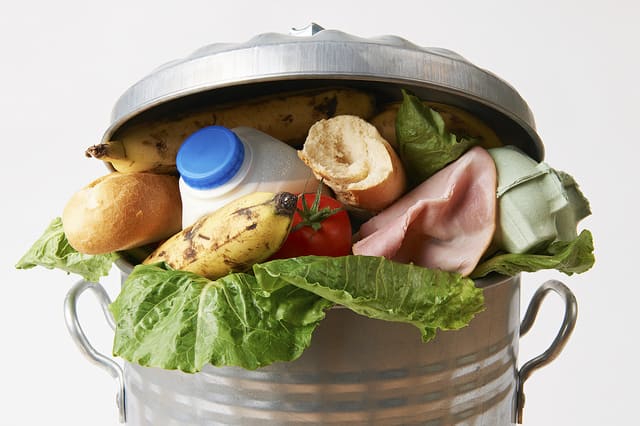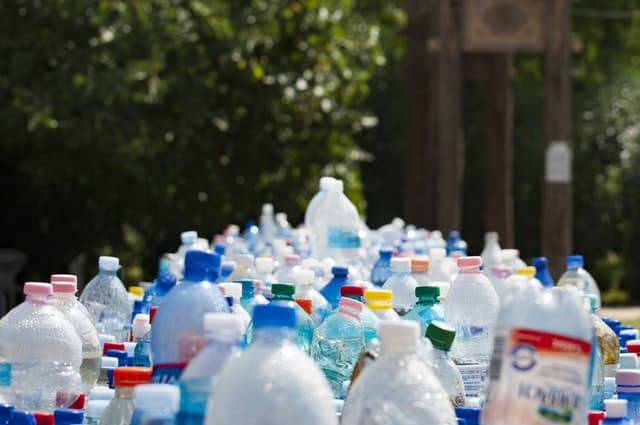What is Water Evaporation? Process and Excellent Examples of Evaporation
Generally, evaporation is the process by which liquid matter under conditions of high temperature, escape as gas molecules. Water evaporation, similarly, is a process by which water molecules under high conditions of temperature change phase from liquid to gaseous form (where it escapes as gaseous water molecules or droplets). Water evaporation occurs because, at high…














